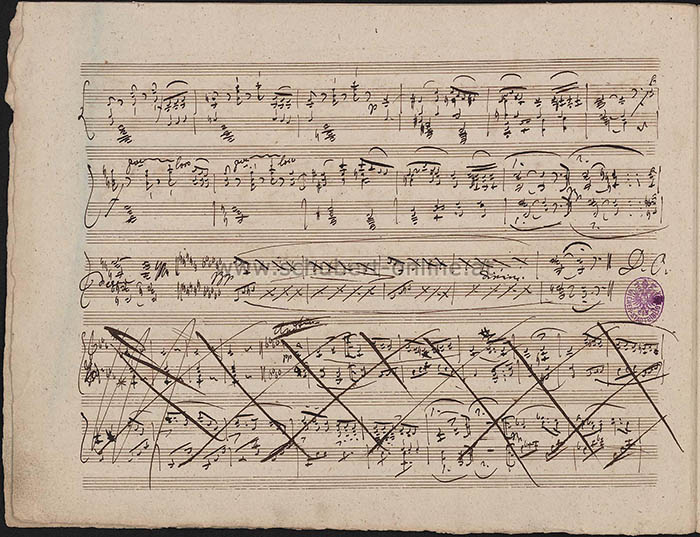Such introspective subtlety might be mistaken for reticence. But from the rare instances when the Norwegian pianist Leif Ove Andsnes lets rip - and they're never forced - you know he's wielding his palette with both skill and intuition, waiting for the big moment to make its proper mark. Flyaway passages in Chopin which in other hands bubble like pure champagne flow like pure spring water; the source is everything. And such is the concentration that the wider spaces of the Royal Festival Hall melted away and a sizeable audience was drawn, intensely silent, into the spell.
The only aspects of his Sibelius you could possibly fault were that five pieces might not be enough, and that the way he launched so naturally into the diamantine little course-changer that is “The Birch”, and got straight to the heart of its quirkiness, made one long for the other four tree-pieces of the masterly Op. 75, as heard on his masterly new Sibelius CD, warmly welcomed on The Arts Desk by Graham Rickson. Instead of any complete set we had a selection of numbers early, middle and late, from the limpid beauty of the D flat major Romance to the elliptical form and strange chord sequences of the fifth Op. 97 Bagatelle, transfiguring the Tchaikovsky touch as late as 1920. And how Andsnes sprang the wood-sprite-ish syncopations of the utterly original Rondino No. 2 of 1912.
In lesser hands Jörg Widmann’s Idyll and Abyss of 2009 would simply sound like the homaged Schubert with wrong notes. But around musical clock tunes frantically whirring in the extreme treble, Andsnes gave atmospheric space and the right depth to sonorities at either end of the keyboard. This was but a prelude to the very real thing – the three piano pieces from Schubert’s last year grouped together by Brahms 40 years later (pictured below from the Wienbibliotek im Rathaus: Schubert's original manuscript for what became No. 1, with the C major episode crossed out which Brahms later restored). The abysses between the main idyll of the central Allegretto were lightly viewed, but none the less startling for all that, the principal theme’s shift to the minor done unobtrusively with a master’s touch. On this evidence Andsnes would be the perfect interpreter of the visionary gleam and the pain transcended in Schubert’s late sonatas. Though he was decidedly Prospero holding commands in magical mid-air, Andsnes let the uncertainty of Beethoven’s “Tempest” Sonata roll naturally, storms in the mind serenely resolved and the roulades adorning the return of the Adagio’s main theme sounding as if he were operating a harp at the same time as sustaining the melody line on the keyboard.
Though he was decidedly Prospero holding commands in magical mid-air, Andsnes let the uncertainty of Beethoven’s “Tempest” Sonata roll naturally, storms in the mind serenely resolved and the roulades adorning the return of the Adagio’s main theme sounding as if he were operating a harp at the same time as sustaining the melody line on the keyboard.
That same supernatural effect got to the core of Chopin’s expression too, the infinitely inventive and radical coda of the great, late B major Nocturne (Op. 62 No. 1) taking us into unknown regions. The ensuing turbulence and brief raptures of the G minor First Ballade were filtered through the refinement to sound like a new piece; Andsnes’s sonic imagination always refreshes the familiar. But he couldn’t leave the programme on a tragic note, so the joy of the Third Ballade, with its radiant, rocking second theme so perfectly gauged, came as the true ending of the recital proper rather than the (unexpected) encore. Finally we came full circle to Sibelius and the early majesty of the B minor Impromptu, French water music cascading around a baritonal theme that is already vintage Sibelius. No encore flash from this pianist, only infinite depths.














Add comment